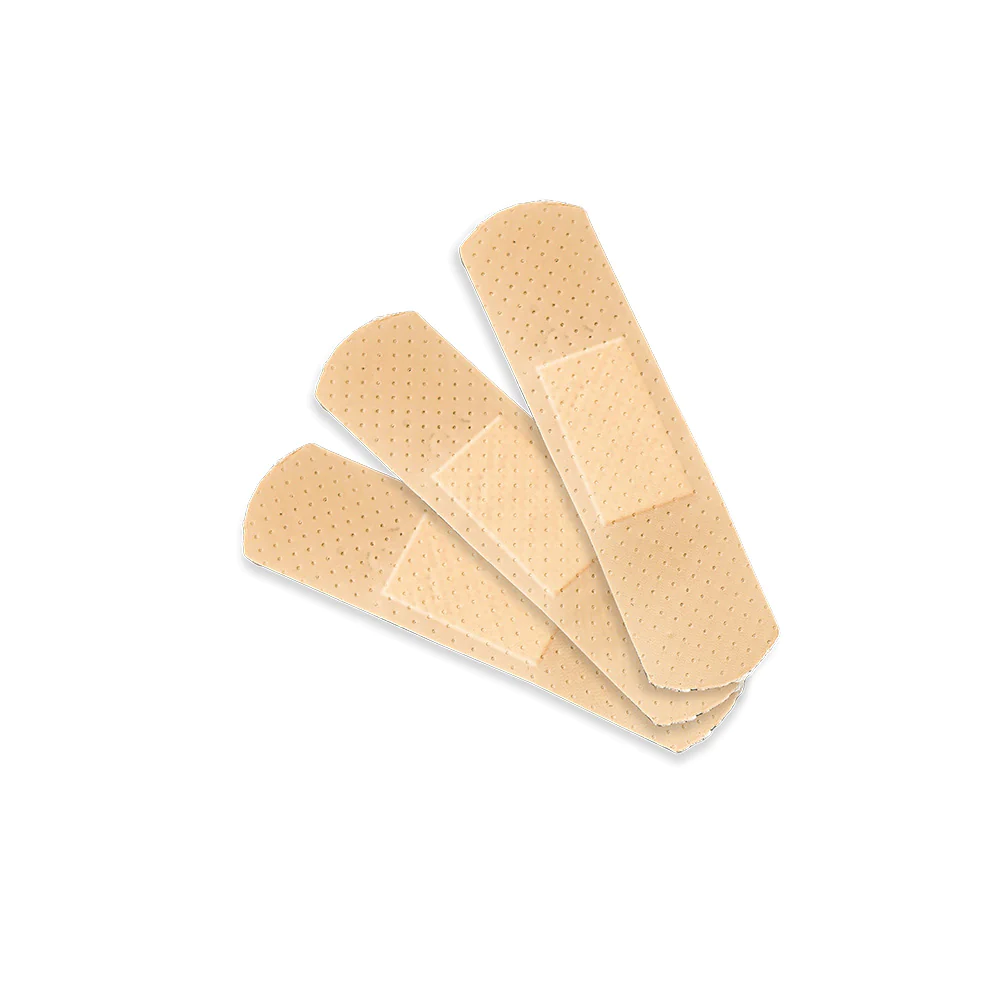Accidents happen when we least expect them, and minor injuries such as cuts, scrapes, and burns are a common part of life. In such situations, having a well-stocked first aid kit with essential supplies is crucial. Among the most fundamental items found in every first aid kit is the first aid bandage. These unassuming yet versatile tools are designed to protect wounds and promote quick healing. In this blog, we’ll explore the importance and various types of first aid bandages, highlighting their significance in providing immediate care during emergencies.
- Protection and Safety
The primary purpose of a first aid bandage is to protect the wound from external contaminants, reducing the risk of infection. When applied correctly, the bandage acts as a physical barrier, preventing dirt, bacteria, and other harmful agents from entering the wound. This safeguard is vital in the initial stages of healing when the body is most vulnerable to infections.
- Absorption and Moist Healing Environment
Many first aid bandages are designed with absorbent materials that soak up wound exudate (fluids produced by the wound). By maintaining a clean and moist environment around the wound, these bandages facilitate the body’s natural healing processes. Moist wound healing has been shown to promote cell growth and tissue regeneration, leading to faster recovery and reduced scarring.
- Flexibility and Comfort
First aid bandages are available in various shapes and sizes to accommodate different wound types and locations on the body. The flexible nature of these bandages allows them to adapt to body contours, ensuring a comfortable fit that won’t restrict movement. Comfort is crucial, as it encourages the patient to keep the bandage on for the recommended duration, which is essential for effective wound healing.
- Adhesive or Self-Adherent
First aid bandages come with different attachment options. Adhesive bandages have an adhesive strip on one side, making them easy to apply and suitable for minor cuts and scrapes. On the other hand, self-adherent bandages adhere to themselves without the need for adhesive, making them ideal for securing dressings or providing support for sprains and strains.
- Compression and Support
Certain types of first aid bandages, like elastic bandages, offer compression and support for injuries like sprains, strains, and joint injuries. The compression helps reduce swelling and stabilize the injured area, promoting a quicker recovery and preventing further damage.
- Specialized Bandages
In addition to standard first aid bandages, there are specialized options available for specific purposes. For instance, butterfly bandages are designed to close small wounds that can’t be closed with regular adhesive bandages. Meanwhile, hydrogel or hydrocolloid bandages are used for burns and blisters, providing a soothing and protective environment for healing.
Conclusion
First aid bandages are simple yet invaluable tools that play a significant role in managing minor injuries and promoting quick healing. Whether it’s a small cut, scrape, or more extensive wound, the proper application of a first aid bandage can make a substantial difference in preventing infection, minimizing scarring, and facilitating the body’s natural healing processes.
As we continue to prioritize safety and preparedness in our daily lives, having a well-equipped first aid kit with high-quality bandages is a responsible and proactive step. With their ability to protect, support, and comfort, first aid bandages prove their importance time and again in providing immediate care during emergencies.


